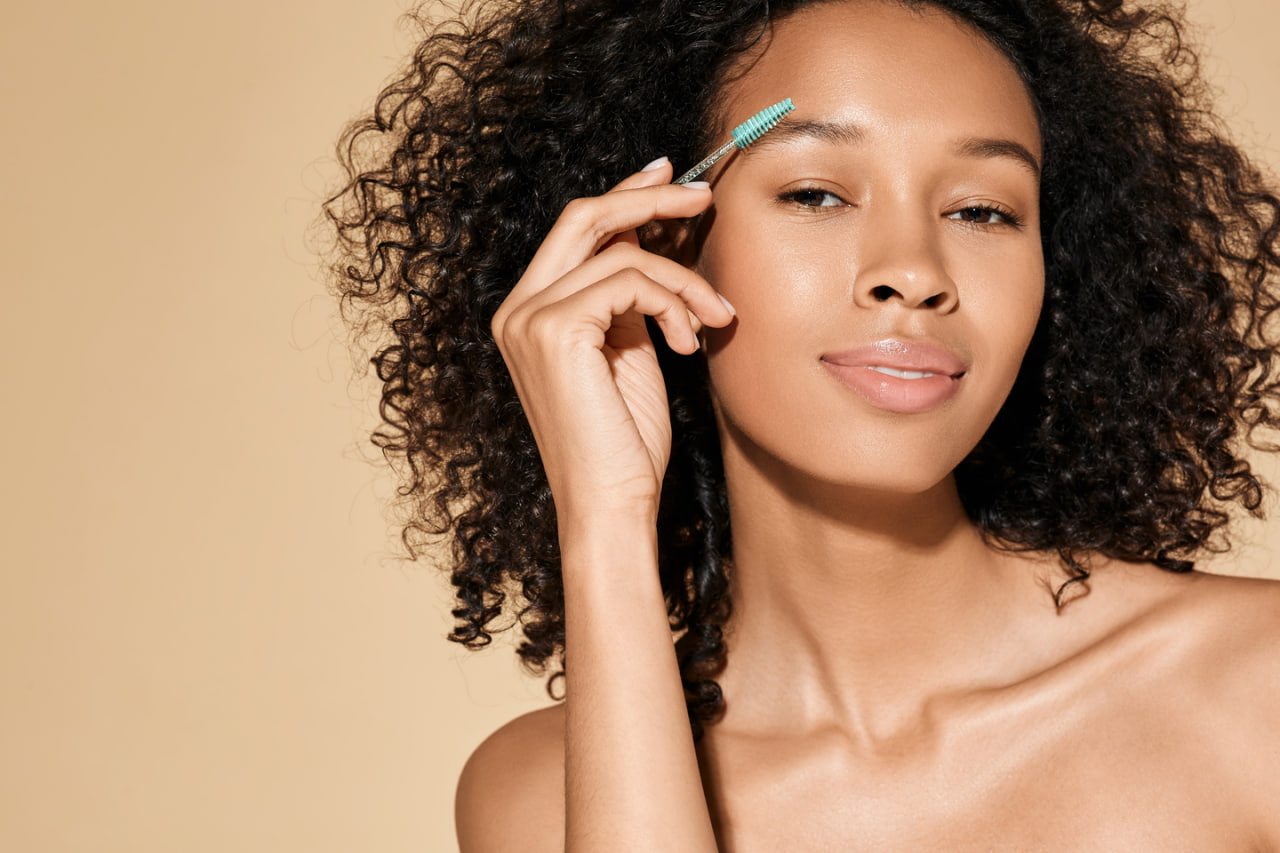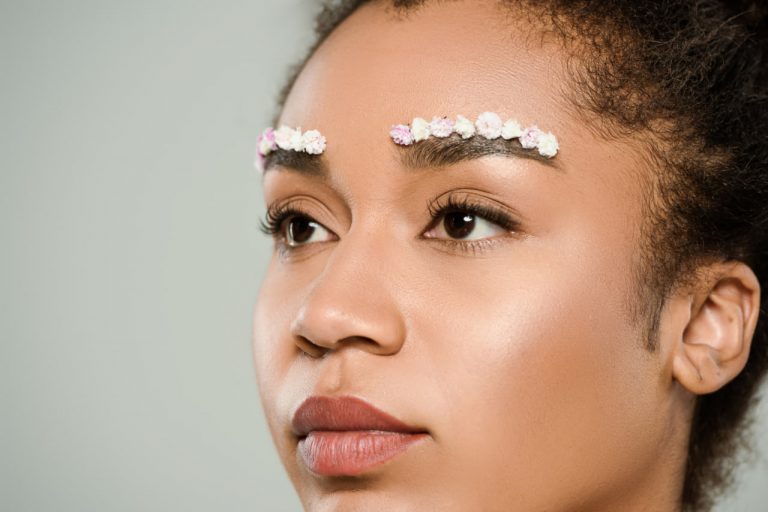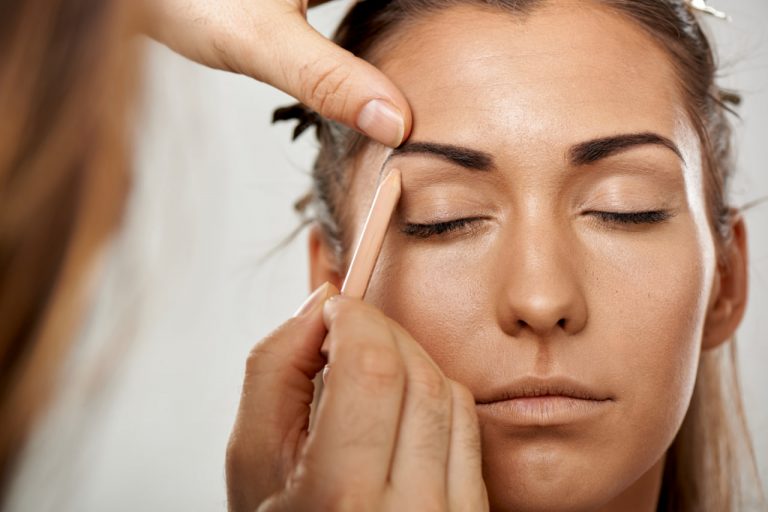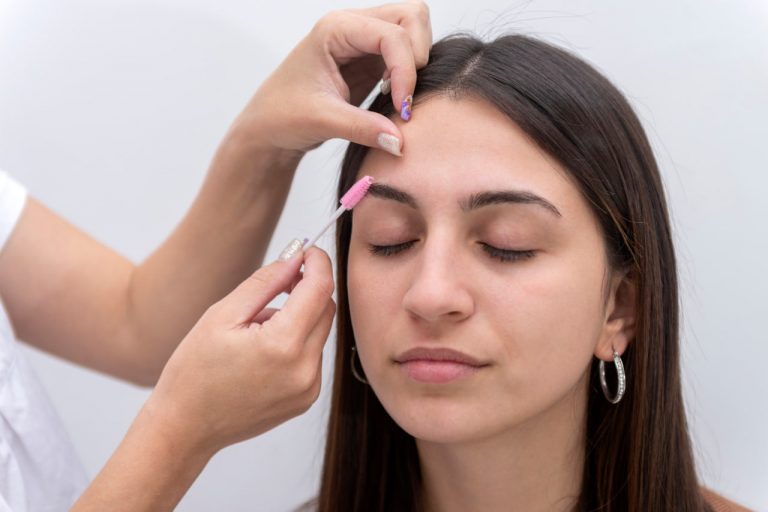In the world of brow enhancement, microblading and brow tinting are two of the most popular services offered by beauty professionals. Both techniques can dramatically improve the appearance of eyebrows, but they serve different purposes and suit different client needs. For brow artists, understanding the distinctions between microblading and brow tinting is essential for recommending the best option and delivering satisfying results. In this article, we explore the differences, benefits, and considerations of microblading and brow tinting to help you guide your clients in choosing the right service.
Microblading is a semi-permanent cosmetic tattooing technique that involves using a specialized handheld tool to create fine, hair-like strokes on the skin. These strokes mimic the natural brow hairs, filling in sparse areas and creating fuller, more defined brows. The pigment is deposited into the upper layers of the skin, which allows the results to last anywhere from 12 to 18 months, depending on skin type, lifestyle, and aftercare. Microblading is ideal for clients who want a long-lasting solution and have sparse or uneven brows that require reconstruction or enhancement.
Brow tinting, on the other hand, is a non-invasive, temporary dyeing process that colors the existing brow hairs to make them appear darker, fuller, and more uniform. This technique is quick, affordable, and usually lasts about 4 to 6 weeks before the color fades. Tinting enhances the natural brows without altering the skin or hair structure and is suitable for clients who prefer a subtle enhancement or are not ready for a semi-permanent procedure.
One of the key differences between microblading and brow tinting lies in the level of commitment and maintenance required. Microblading requires a series of appointments, starting with the initial procedure and followed by touch-ups to maintain pigment intensity and shape. Clients must also adhere to specific aftercare instructions to ensure proper healing and pigment retention. Brow tinting, in contrast, is a low-commitment service that can be refreshed regularly with minimal downtime or special care, making it a great option for those who enjoy frequent changes or want a less permanent solution.
When considering which service to recommend, it’s important to evaluate the client’s brow goals, lifestyle, skin type, and pain tolerance. Microblading is best suited for individuals seeking a dramatic transformation or who have very thin or patchy brows. It is also an excellent choice for clients with alopecia or those who have lost their brows due to medical treatments. However, microblading is not recommended for clients with certain skin conditions, allergies, or those who are pregnant or breastfeeding.
Brow tinting offers a safer and simpler alternative for clients looking to enhance their natural brows without needles or pigment implantation. It’s especially popular among clients who want to darken light or gray hairs or add subtle definition to their brows. Tinting is generally suitable for most skin types, although a patch test is advisable to rule out allergic reactions to the dye.
From a technical perspective, microblading requires specialized training, precision, and a deep understanding of skin anatomy. Artists must be skilled in creating natural-looking strokes and selecting pigments that complement the client’s skin tone and hair color. In contrast, brow tinting is less complex but still demands knowledge of dye formulation, timing, and application techniques to avoid staining the skin or causing irritation.
Cost is another important factor for clients when choosing between these services. Microblading tends to be more expensive due to the skill, time, and materials involved. It is an investment in long-term brow enhancement. Brow tinting is more budget-friendly and can be incorporated into regular beauty routines without a significant financial commitment.
Ultimately, some clients may benefit from combining both services. For example, microblading can create a base of defined hair strokes, while tinting adds depth and fullness to the natural hairs for a richer look. This hybrid approach can be tailored to meet the specific aesthetic goals of each client.




